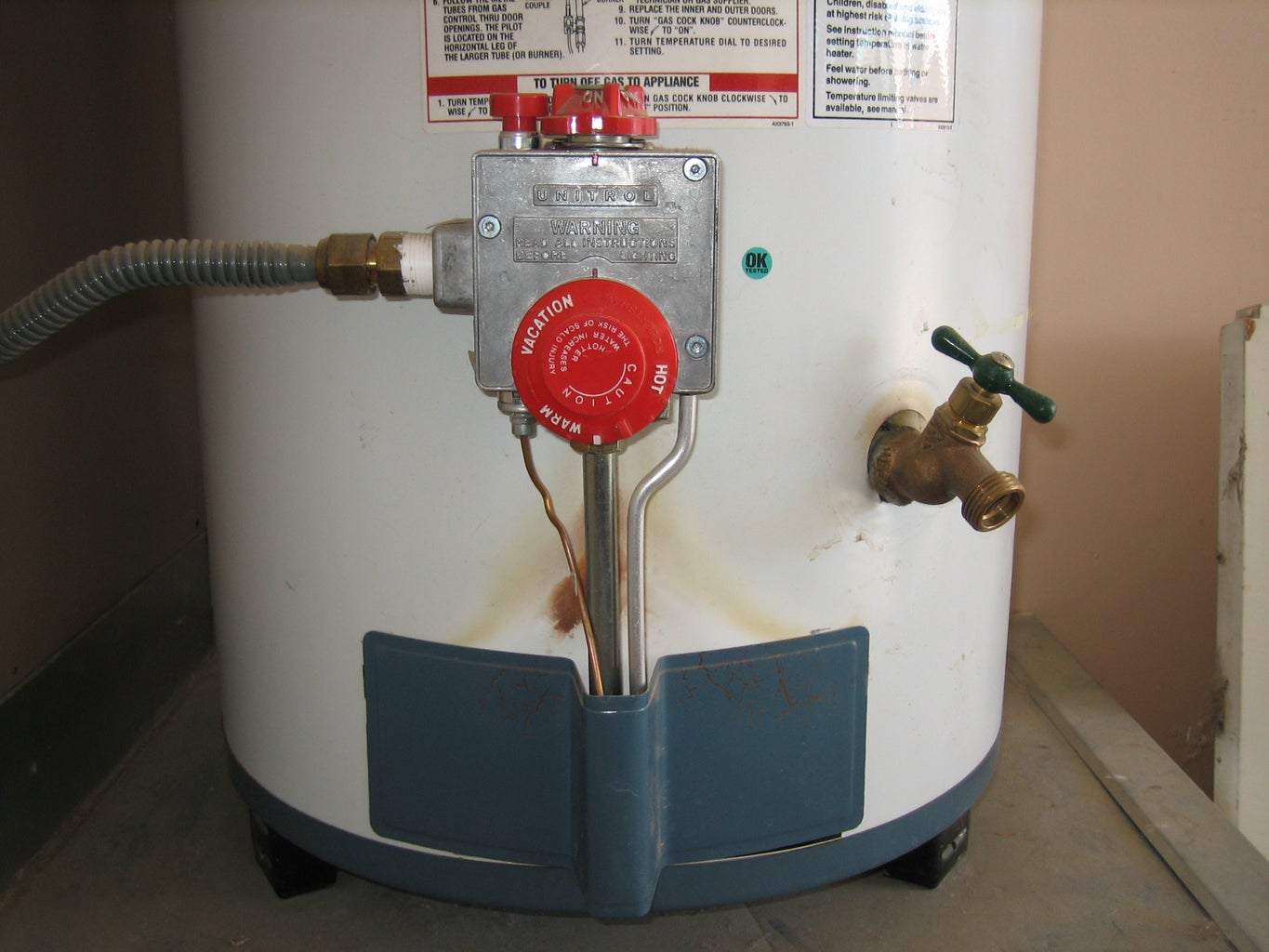Caring for Your Home's Hot Water System: Key TipsWays to Maintain Your Home's Hot Water System Functioning Well
Caring for Your Home's Hot Water System: Key TipsWays to Maintain Your Home's Hot Water System Functioning Well
Blog Article
This post in the next paragraphs on the subject of Tips on Maintaining a Water Heater is seriously intriguing. Check it out for yourself and see what you think of it.

Warm water is crucial for day-to-day comfort, whether it's for a refreshing shower or cleaning meals. To ensure your warm water system runs effectively and lasts longer, normal maintenance is crucial. This short article provides sensible suggestions and insights on just how to preserve your home's warm water system to avoid disturbances and expensive repairs.
Intro
Maintaining your home's warm water system may seem challenging, however with a few basic actions, you can ensure it runs smoothly for years to come. This overview covers whatever from comprehending your hot water system to do it yourself maintenance ideas and recognizing when to hire expert help.
Value of Maintaining Your Hot Water System
Normal maintenance not just extends the life-span of your hot water system however additionally ensures it operates successfully. Overlooking upkeep can result in lowered performance, higher power bills, and even early failure of the system.
Indications Your Warm Water System Requirements Upkeep
Knowing when your hot water system needs focus can protect against significant issues. Watch out for indicators such as inconsistent water temperature, odd noises from the heating unit, or corroded water.
Purging the Water Heater
Purging your hot water heater removes sediment build-up, improving performance and prolonging its life.
Checking and Replacing Anode Rods
Anode poles avoid deterioration inside the tank. Examining and changing them when broken is important.
Facility Issues Needing Specialist Assistance
Instances include major leakages, electrical issues, or if your water heater is continually underperforming.
Routine Expert Upkeep Benefits
Professional maintenance can consist of thorough evaluations, tune-ups, and making sure conformity with safety requirements.
Evaluating and Adjusting Temperature Setups
Readjusting the temperature settings makes sure optimum efficiency and safety.
DIY Tips for Maintenance
You can do numerous upkeep tasks yourself to keep your warm water system in leading problem.
Checking for Leaks
On a regular basis evaluate pipes and connections for leakages, as these can lead to water damage and higher expenses.
Comprehending Your Hot Water System
Before diving right into upkeep jobs, it's handy to understand the basic elements of your hot water system. Normally, this consists of the hot water heater itself, pipes, anode rods, and temperature level controls.
Month-to-month Upkeep Tasks
Normal month-to-month checks can aid capture small problems prior to they rise.
Examining Pressure Relief Valves
Evaluating the pressure relief valve guarantees it operates appropriately and protects against too much stress build-up.
Shielding Pipelines
Shielding warm water pipes decreases warm loss and can save energy.
When to Call a Professional
While DIY maintenance is beneficial, some issues need expert competence.
Final thought
Routine maintenance of your home's hot water system is essential for performance, durability, and expense savings. By adhering to these ideas and understanding when to seek professional aid, you can make certain a trusted supply of warm water without unforeseen disturbances.
How to Maintain an Instant Hot Water Heater
Before tinkering with your hot water heater, make sure that it’s not powered on. You also have to turn off the main circuit breaker and shut off the main gas line to prevent accidents. Also turn off the water valves connected to your unit to prevent water from flowing into and out of the appliance. 2. When you’re done, you have to detach the purge valves’ caps. These look like the letter “T” and are situated on either side of the water valves. Doing so will release any pressure that has accumulated inside the valves while at the same time avoid hot water from shooting out and burning your skin. 3. When the purge valves’ caps are removed, you have to connect your hosing lines to the valves. Your unit should have come with three hoses but if it didn’t, you can purchase these things from any hardware or home repair shops. You can also get them from retail stores that sell water heating systems. Read the user’s manual and follow it to complete this task properly. When the hosing lines are connected, open the purge port’s valves. 4. You should never use harsh chemical cleaners or solutions when cleaning your unit. Make use of white vinegar instead. It should be undiluted and you’ll probably use about 2 gallons. 5. Now flush your water heater. This task should probably take about 40 minutes. We can’t give you specific directions for this because the procedure is carried out depending on the type, model and brand of your heater. With that being said, refer to the user’s manual. 6. When you’re done draining the unit, you have to turn off the purge port valves again. Remove the hosing lines that you earlier installed on each of the water valves. Put the valve caps (purge port) back in their respective places and be very careful so as not to damage the rubber discs that are found inside these caps. 7. Now that everything’s back in place, check your user’s manual again to find out how to reactivate your water heating system. 8. Once it is working, turn one of your hot water faucets on just to let air pass through the heater’s water supply pipes. Leave the tap on until water flows smoothly out of it. https://www.orrplumbing.com/blog/2014/september/how-to-maintain-an-instant-hot-water-heater/

We had been made aware of that article on How to Maintain a Hot Water Heater in a Few Simple Steps from an acquaintance on another site. Do you know someone else who is interested in the subject? Please feel free to promote it. I take joy in your readership.
Call Today Report this page